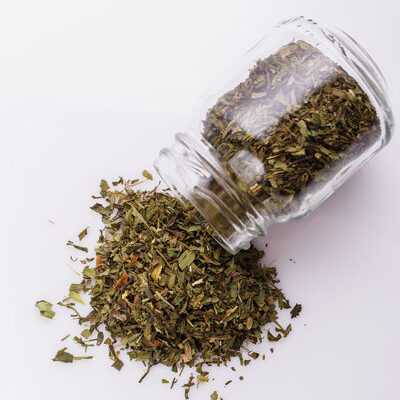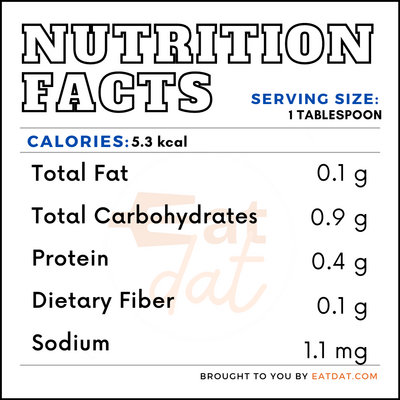
Tarragon
What is Tarragon?
Tarragon (Artemisia dracunculus) is a perennial herb commonly used in folk medicine, as well as French and Russian cuisines. It belongs to the daisy family (also called Asteraceae). This plant is also referred to as estragon and is colloquially known as “the King of Herbs” in France.
Some common ways to use tarragon in the kitchen include:
- Potatoes
- Eggs
- Seafood
- Poultry
- Sauces
- Cooked Vegetables
- Pasta
- Cocktails
- Desserts
Origin of tarragon
The word “tarragon” comes from the Latin word “dracunculus,” which means little dragon. This association with dragons is due to the convoluted shape of the herb’s root. Artemisia, Tarragon’s genus, was derived from the name of the Greek goddess Artemis. According to Greek mythology, Artemis (also called Diana by the Romans) gave tarragon and its relatives to Chiron, the centaur. The common belief is that this herb originates in Mongolia and Siberia.
This herb has been known and cultivated for about 600 years. Legend has it that invading Mongols brought the herb to Italy in the 10th century. The Mongols used it to induce sleep and to flavor food. Saint Catherine might have brought this herb to France in the 1400s, when she visited Pope Clement VI. This plant has been used to treat nausea, hiccups, arthritis, and other digestive problems throughout the centuries.
Function
Tarragon has many functions in the kitchen. This herb can be infused into syrups to add to cocktails. Also, the leaves can be mixed with vegetables and fruits in salads. It is a popular ingredient in classic French sauces, as well as fish, meat, and chicken dishes.
Nutrition
In one tablespoon (1.8g) of dried tarragon leaves, there are:

This herb has significant health benefits. Here are some of them:
- This herb can improve insulin sensitivity and decrease blood pressure.
- It might be able to regulate the sleep pattern of the body.
- It has antibacterial properties, which may reduce the risk of developing foodborne illness.
- This food might be able to ease pain and stiffness caused by osteoarthritis.
- It might be able to increase the body’s appetite.
Tarragon has no significant side effects, if taken orally. However, it might slow blood clotting, and the herb is most likely unsafe for pregnant women and nursing mothers.
Commercial production
This herb will not germinate well in saturated soil. Therefore, it is best to plant it in well-drained soil. A soil pH of 5.0-7.5 will be optimal for its growth. The best temperature for germination is 50-68°F. Harvest can take place 60 to 80 days after planting.
The three common types of tarragon are French, Russian, and Mexican marigold mint. The French type is grown from cuttings and is smoother, darker, and more savory than the Russian variety. The global market for tarragon is expected to grow by $90.55 million between 2019 and 2023.
Application
To store this herb, place its stems in a plastic bag in the fridge. This way, it will last for one or two days. Or better still, roll the stems in a layer of paper towels and loosely wrap them in a plastic bag, then store in the refrigerator. This second technique will keep the leaves drier and extend their shelf life.
Tarragon recipes
This herb brings a world of flavor to a variety of foods. Five recipes to try include:
- Tarragon and Spice Deviled Eggs
- Roast Chicken with Tarragon Butter
- Stuffed Cabbage with Lemony Rice and Sumac
- Creamy Tarragon Chicken
- Pan-Seared Rib-Eye Steak with Bearnaise (Entrecote Bearnaise)
FDA regulation
The Food and Drug Administration classifies tarragon as a spice or natural seasoning that is safe for its intended use. The FDA identifies this ingredient as a spice or an aromatic vegetable substance in its whole, broken, or ground form whose role in food is seasoning instead of nutritional.
References
Enloe, Autumn. “8 Surprising Benefits and Uses of Tarragon.” www.healthline.com, Healthline Media, 11 Sept. 2018, https://www.healthline.com/nutrition/tarragon-benefits-uses
“CFR – Code of Federal Regulations Title 21.” accessdata.fda.gov, U.S Food & Drug Administration, 1 Apr. 2019, www.accessdata.fda.gov/scripts/cdrh/cfdocs/cfcfr/CFRSearch.cfm?fr=582.10.
